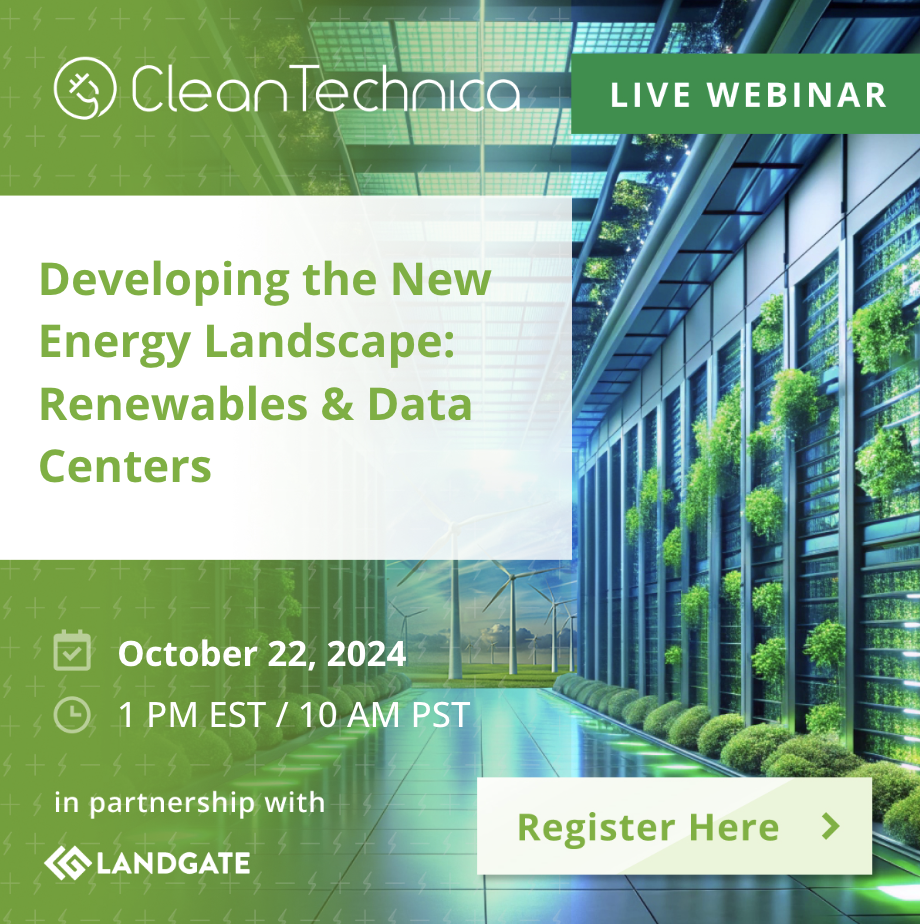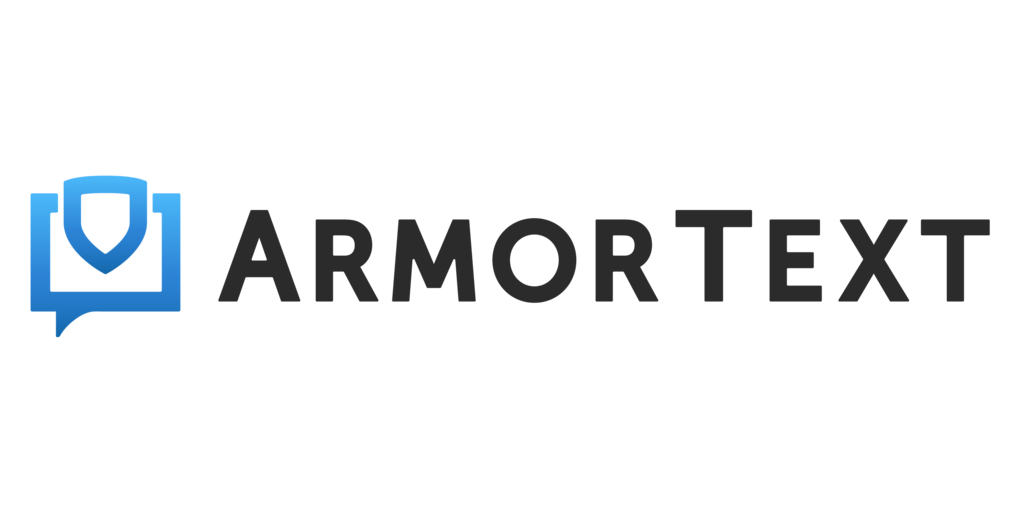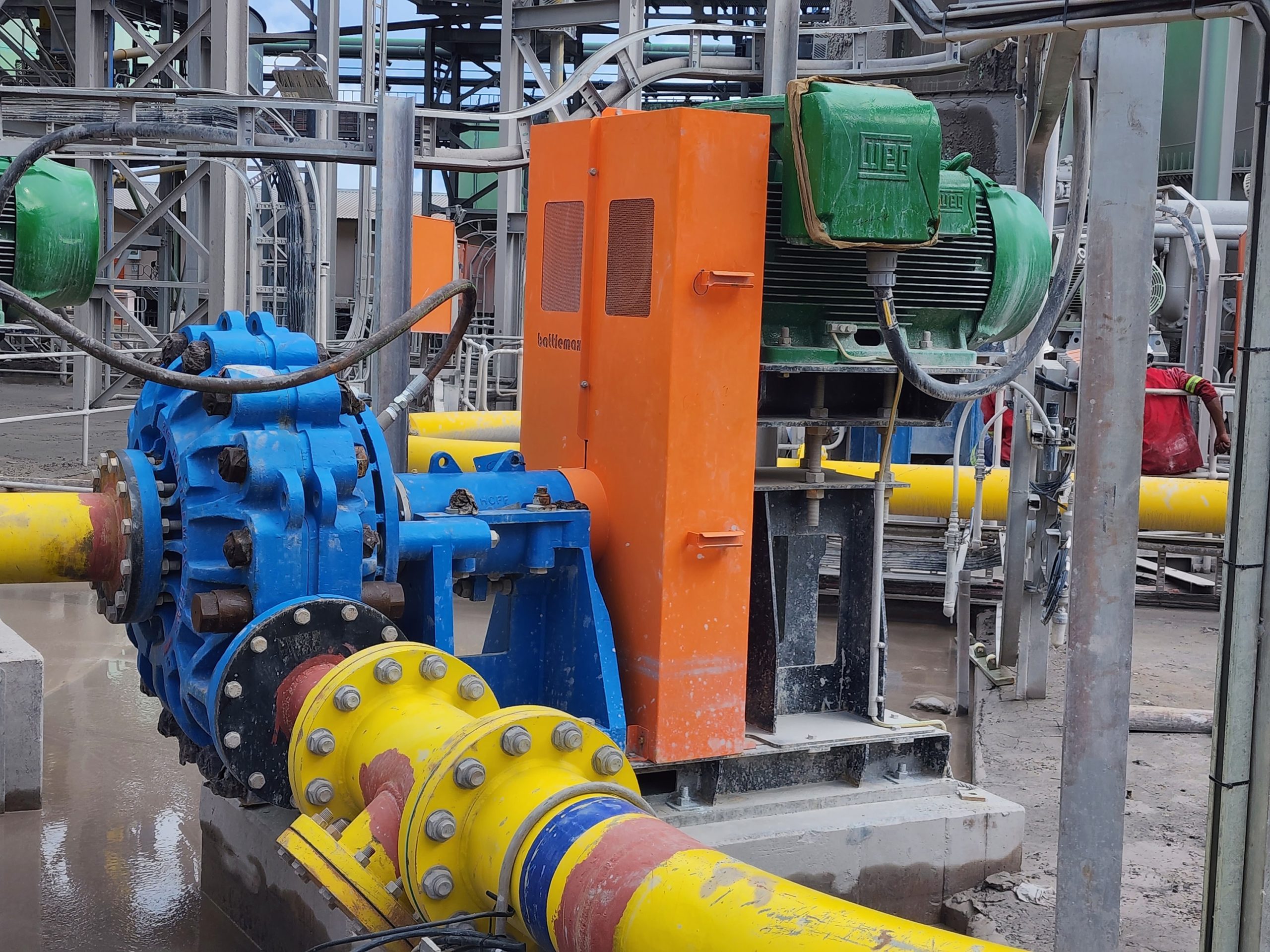Sign up for daily news updates from CleanTechnica on email. Or follow us on Google News!
Fervo Energy is shaking things up in geothermal energy, showcasing some big wins over the last month, bringing some cool, next-gen tech to the heat beneath our feet.
At CleanTechnica, we have been covering Fervo Energy for over 4 years, but this is my first article about the company. If you haven’t been following the company, here is a short summary of the company that Grok gave me that looks to be accurate.
Fervo Energy is at the forefront of next-generation geothermal technology, aiming to provide 24/7 carbon-free energy. The company has significantly advanced geothermal energy development by adapting technologies from the oil and gas industry, enabling more efficient extraction of geothermal energy. In February 2024, Fervo announced a $244 million funding round led by Devon Energy, signaling strong market confidence in their approach. This funding is propelling the development of projects like the 400 MW Cape Station in Utah, which could become one of the world’s most productive geothermal systems. Fervo’s innovation lies in its use of enhanced geothermal systems (EGS), where water is injected into hot subsurface rock to extract heat more effectively than traditional geothermal methods. Their techniques have not only shown record-breaking production results but have also demonstrated commercial viability, with tests indicating triple the output of previous projects. Fervo’s efforts are part of a broader move to speed up geothermal resource discovery and utilization, supported by the U.S. Department of the Interior’s recent policies aimed at accelerating geothermal energy development. Their work with advanced drilling and subsurface analytics positions geothermal energy as a competitive, scalable solution in the clean energy landscape.
But what prompted this article was the great news that came out a couple days ago that the Biden administration has approved a 2 GW project in Utah, set to be complete by 2028, that will singlehandedly increase the amount of geothermal in the US by 50% and be the first large-scale enhanced geothermal project.
What is the difference between geothermal and ENHANCED geothermal? The word enhanced, of course. Let’s start with what geothermal is. Geothermal has been a technology to make electricity for many years in places like Iceland, where there is hot porous rock with groundwater naturally seeping into it, very close to the Earth’s surface. You just drill a hole and steam comes out and you use that steam to drive a turbine, and boom, you have electricity, and it is cheap to do because you don’t have to drill very far and you don’t have any fuel costs. It’s reliable, because the steam is always there, daytime, nighttime, 24/7, it’s not intermittent, and it’s environmentally good, because it doesn’t really create any pollution or release any carbon. So why don’t we use geothermal everywhere? Well, because to make electricity from hot rocks, you need 3 things, #1 hot rocks that are #2 permeable and #3 water/steam to extract the heat.
Fervo’s idea is to use some of the innovations that have greatly enhanced US oil and gas production (i.e. horizontal drilling and hydraulic fracking) to create the latter of the two requirements when the rocks are permeable and there is no natural water there. They drill wells to inject water, and other wells to extract the hot steam, and horizontal drilling and fracking to cause the rock to be permeable and connect the input and output wells. After the heat has been extracted from the steam, the condensed water can be re-injected and used again. Just 2 weeks earlier, Fervo’s founder and CEO, Tim Latimer, was selected to be profiled in TIME100 NEXT 2024 issue for his groundbreaking work in the area (sorry, I couldn’t resist that joke).
Fervo’s Second Annual Technology Day
If you are interested in this company or technology, I highly recommend you watch their 78 minute presentation, but if you don’t have time for that, I’ll give you the highlights (with my opinions interlaced freely) below:
So what Fervo Energy is is doing, is working on a way to produce those conditions in areas in regular parts of the US that are not like Iceland. Of course, we could do this in places like Yellowstone National Park, which we wouldn’t want to do, because it’s a national park, but there they already have the hot rock porous rock with natural groundwater close to the surface. Even if it wasn’t a national park, it is a long way from our population centers and we aren’t really great at building transmission lines across the county. I’m not saying we can’t technically build transmission, but getting the political will to permit and finance it is certainly troublesome in this political environment, and expected to get even harder over the next few years as the Republicans are expected to take the US Senate and arguably the presidency. It would be great to have a technology that could provide affordable dispatchable clean power anywhere in the country.
Their idea is that the oil industry, over the last 20 years, has discovered a lot of things while fracking. So fracking does a lot with injecting water into the earth. Fracking doesn’t just inject water, they also inject sand under pressure, and they crack the rock, and then the sand gets in those cracks and holds them open, and that makes the rock porous. Now, in fracking, you do that to get natural gas and oil out of the rock that previously the oil was there or the gas was there, but you couldn’t get it out well. In enhanced geothermal, you put the water in there, and you crack the rock, not to get oil and gas, but to provide a path for the water to connect with the hot rocks, turn to steam, and get to the output well so you can use it to run a turbine to make electricity.
Another important innovation of fracking is that traditional geothermal and oil drilling was vertical drilling. You went down so many feet and you either found oil and gas or you didn’t, or with geothermal you drilled down there and you either found the steam or you didn’t, but what they learned to do is go down a few thousand feet where you hit the temperatures you are looking for (it gets hot everywhere if you drill far enough, but the deeper you go, the more it costs), and then you make a right turn and you start drilling horizontally through the hot rocks. Then you are going to inject the solution with the sand to make tiny fractures in the rock and the sand will hold those fractures open. One important difference is with oil and gas fracking, you just want to get the oil and gas out, but with enhanced geothermal, you want to continually pump water in and get steam out for period of of many years.
One question they had was once you also have to set up two wells, one to inject it and one to get the steam out, how long does it work for? Will you set this all up, you get the hot steam out, but after two days, it’s all gone, and then you have to do it all over again? No, they proved over that last year that the temperature stayed constant and it didn’t degrade. I don’t know if we know if it will last 5 years or 30 years. The wells might have to be redrilled periodically. I don’t know if we will know that for a while.
So one of the problems with enhanced geothermal is that it is not mature technology. So it’s not like oil, gas, coal, wind, and solar which are all mature technologies. If you want to deploy it, you just spend some money and you get a permit, and we not only know it will work, but the institution financing the project knows it will work. That means even though this technology is very promising, it will be more expensive to finance until it has built many large-scale plants. And because it’s not mature, people worry that it’s going to be like fusion, like small modular reactors (SMR) and other energy sources that sound like a great idea, but are five years away. With the project they operated over the last year, I think they are far ahead of fusion and also quite a bit ahead of SMR.
So what is significant about Fervo Energy’s Second Annual Technology Day?

The chart above is what the company forecast a year ago and delivered this year. They projected an amazing tripling of peak output per well in one year by using longer lateral (horizontal) runs, a larger well diameter and larger spacing between the input and output wells. They delivered even more improvement than forecast!

For the next year, they expect to improve output by a more modest 50% by using even longer laterals, even larger diameter wells, and drilling deeper to reach higher temperature rocks.

You can see the baseline estimates for the cost of energy are very competitive with firmed solar and wind (firmed with batteries) and fossil fuel, and less than the cost of new nuclear. But in much of the eastern two-thirds of the country, the costs of $100/MWh may be worth it for dispatchable clean power, but it is more money. Now it is worth more than solar and wind because it is dispatchable, and it is worth more the fossil fuels because it is clean and it is cheaper and faster to build than nuclear.

Now this chart shows the new cost estimates using what they have learned in the last year. You can see in most areas of the country, the estimated costs have dropped considerably! This is very competitive with all the alternatives in most areas of the country, but especially the western third of the country!
As you can see from the picture below, the Department of Energy has a goal to get the cost of enhanced geothermal down to $60-$70/MWh by 2030 and to $45/MWh by 2035. As you can see by the map above, Fervo’s advanced drilling scenario is already meeting the 2030 goal in most of the country and meeting the 2025 goal in some western locations already!

They predict it will get substantially cheaper next year!

Because of this great progress, they project that instead of 100 GW of electricity capacity (US nuclear capacity is at 97 GW today), they project as much as 10 times that much could be deployed by 2050.
Conclusion
I’m very bullish on solar plus stationary storage, and if that technology continues on its cost curve, it will be very hard to compete with. On the other hand, having some diversity of sources of power could really enhance the reliability of our grid. Solar may be great, but if some event, such as by nature (a volcano erupting) or a manmade event caused something to block some of the sun’s energy from reaching our solar panels, it would be great to have another source of affordable power. Keep your eye on this company because they have great management (IMHO) that not only sets aggressive goals, but then beats them.
Disclosure: I am a shareholder in Tesla [TSLA], BYD [BYDDY], Nio [NIO], XPeng [XPEV], Hertz [HTZ], NextEra Energy [NEP], and several ARK ETFs. But I offer no investment advice of any sort here.

Chip in a few dollars a month to help support independent cleantech coverage that helps to accelerate the cleantech revolution!
Have a tip for CleanTechnica? Want to advertise? Want to suggest a guest for our CleanTech Talk podcast? Contact us here.
CleanTechnica uses affiliate links. See our policy here.
CleanTechnica’s Comment Policy




